|
This is the time for remembering our veterans. Halloween is over and Thanksgiving and Christmas are not far away. Here in Canada, we have already celebrated Thanksgiving. It is with gratitude that we should be thinking of our veterans and the sacrifices they made for our freedom. We are blessed if we live in a country where freedom is available for everyone. This is huge and we need to always remember that there are many places where this is not true. November 11th is a day dedicated to our veterans for a time of remembrance. In 1918 at the 11th hour on the 11th day of the 11th month the Armistice agreement was signed that ended the first world war. We dedicate that time each year to a ceremony of Remembrance. In Canada, we celebrate Remembrance Day, and in the USA, they celebrate Veterans Day. Our celebrations may differ slightly, but they are similar in one respect. They are a day to give thanks and remember. This year things will be different. Many places will be celebrating virtually because of the pandemic. That doesn't mean we won't be taking the time to remember, it just means we may need to do it online or through a television broadcast. It is important that we still take the time. Because it was so long ago, many of us don't really understand just how much sacrifice our veterans made for us. It is through stories, interviews, and research that we learn this. When we see and hear of other countries that are still in a war zone, it is hard to truly understand what they are going through. We have so much to be thankful for. In the week leading up to Remembrance Day, there are many opportunities to focus on this and share stories and information to help our students understand. This is a great time to do writing activities, reflections, posters, etc. One of my favourite things to do was introduce songs of peace and remembrance to my students. This one has a big impact on children and adults. If you want to find out more about some of the other songs I used, check them out here. I liked to focus on acts of kindness and peace. This is something that children can be a part of and they can understand that they can make a difference even now. Here is a poster I created to show them that one person can make a difference by sharing acts of kindness with others. This can create an explosion of kindness and peace. Get a copy for yourself by clicking on the image below. Here are some other things that I created that can be used to help children understand and give thanks to our veterans. Thank you to all our veterans and to those who continue to fight for peace and freedom. Related Posts
0 Comments
I recently posted about doing projects for Social Studies to engage students in learning. Today, I would like to go further and talk about some activities that can be done outdoors. These activities can be done as part of a project or independently. I have provided some examples of activities I have done, but there are many ways that these can be added to or modified to make them work for your students. Neighborhood and community walksOne of the things I would regularly do with my class, was go on neighbourhood walks. These walks had many different purposes, but they were very important times for learning. When I was teaching about community, we would look at the types of buildings and the way the streets were laid out. We would take note of any parks or other spots nearby. We would also look at the different types of signs and discuss why they might be there. We would then try to make comparisons with the neighbourhoods where the children lived. All of this information was important for the planning portion of creating our community. When we were studying Earth Day, we would do some litter pick up in the neighbourhood. We would then talk about respecting our environment and ways we could continue to make a difference. Using a compassWhen I did work with mapping, we would add in the directional component. With younger children, we would go out on the field and practice using compasses to travel in a variety of different directions. It was fun to take 20 paces North turn to the East and go another 15 paces and so on. They had space to move around instead of being confined to the small classroom space. Mapping and geocachingWith older children, learning about longitude and latitude was sometimes less than engaging. However, when I added a geocaching component, it became much more interesting for the students. We were no longer just locating information on maps, but we were treasure hunting using GPS devices. I even hid a geocache near the school for them to find. Geocaching is a wonderful outdoor activity that can be done with the whole family. One year, I created a whole series of geocaches for a Professional Development session. The staff had to follow clues to find information for the Pro-D and at the end of the series, lunch was waiting for them. It was great fun, and educational too. It didn't take long to see the practical applications for the classroom. History walks and museum visitsOur museum has a trivia walk set up for various parts of the city. There are historical signs throughout the downtown core. The idea is to visit the areas and learn more about the history. Not all answers are on the signs, but lots of information is available that is very interesting and probably not well known to people who haven't lived here for long. They have made it necessary to visit the museum to find out more by not providing the answer to every question on the trivia sheet. This idea could be modified to use for various places that the children could visit. Hunting for cluesAt the end of June we have a special competition called Transformation at the Shore. Here, carvers change logs into carvings that later are placed around the city. It is always a great way to spend an afternoon or evening looking at the transformations and marvelling at what artists could create from a log and a chainsaw. One year, my daughter brought her choir up for a festival and she asked me to put together an activity for them. I decided to create a challenge walk along the sea walk with clues and images for some of the carvings that were currently placed along the way. It was a great success. The children enjoyed the fresh air, and they had a chance to compete in small groups for this challenge. These are just a few ideas, but they provide a springboard for thinking of things that can be done outdoors to relate to various social studies concepts. One more great thing about them, is that they can be done with families as well, so those who are learning remotely can still benefit from the activities. You can check out some of my Social Studies projects here. Watch for future posts where I will share some Science and Math activities with you. Related Posts
Projects are a great way for students to learn. Providing multiple ways of presenting information and knowledge through projects allows all students to share in a way that is best for them. Not all students do well with written or oral assignments. Some require more hands on methods of sharing ideas and knowledge. Over the years, I provided opportunities for students to do 1 or 2 projects a year that were connected to key ideas in the curriculum. Most of the projects I did were tied into social studies or science, but other subjects areas can be used as well. Student choiceStudents had a choice of ways to present their information. Sometimes there were several options, and other times there was only a couple of options but the specifics were flexible to allow for creativity in the presentations. The hands on and collaborative nature of these projects worked well for the students and they were very engaged in their learning. See some of the different presentations in the pictures below. The students were very excited to share what they had learned with others and they presented with confidence. Social studies and science projectsHere are some of the projects I did over the years.Some had several choices for presentation, and others were displays or models. You can check them out by clicking on the images. The key to making these projects work is the home/school connection. Some of these projects involve some research that involves the family. The heritage project and the flat family project require the child knowing something about their family's history or background. The final projects require work at home as well. The bulk of the research and teaching is done at school, but the specifics for the project presentation will be done at home. (Note: I have had times where some of my students were unable to get home support. In these cases, I had my educational assistant or the librarian or some other person help them out. If I had some spare time while others where engaged in an activity, I would also provide extra support.) It is important for students to know the expectations and criteria for the projects they do. I provide a criteria list and marking sheet for each project so they know what they will be evaluated on. I usually give this to them when I give the assignment so they have a clear idea of what is expected when they choose the way they are going to present the project. The parents also know ahead of time and they can help the child check to see if everything that is needed is there. Over the years, there have been several different types of projects, but the main criteria hasn't changed much. I decided to compile some of my social studies ones for you. If you would like to have your own copy, click the button below. I use these marking sheets for younger students. They are suitable for up to about Grade 4. For older students, a more detailed rubric would be a better option. The criteria sheet is still a good way for them to make sure they have the necessary components for their projects, but a rubric would help with evaluating writing and oral presentation skills. With the move to distance teaching, these projects are still doable, but there will need to be some modifications. For instance, presentations will be done via an online application such as Zoom. The question period can still be done this way as well. The tricky part will be doing the initial teaching and making sure that students have access to the materials needed for the research. This may be videos, websites, or some more detailed online instruction. It will require some extra prep beforehand, but I believe it will be worth it when you see the results and the engagement of the children. When you download your criteria sheets, feel free to edit them to fit your needs.
I will share more about how to use projects for STEM another time. I hope you have found this information helpful. Please let me know in the comments if there are any other areas you would like to add. Earlier this spring, teachers and students embarked on a journey they had never taken before, teaching and learning online and in person. They had to venture into the unknown world of virtual teaching/learning. Teachers had to switch from in person instruction, with hands on activities and interactions with kids, to teaching through an online distance format. Both teachers and students had to learn to navigate the online platforms and still figure out what they were supposed to be doing while using video chats, digital lessons, and the distractions of learning at home. Fast forward a few months and now we are looking at a blend of in person and online learning also sometimes referred to as hybrid learning. Depending on location, guidelines, and funding, some teachers and students are back at school, some are working virtually, and some are doing a blended format. No matter what format is being used, there are definitely stresses and issues to be dealt with. The pandemic has created a whole new reality for us. As we continue to learn how to navigate through this with safety and social distancing as a focus, it changes how teaching and learning is done. But as always, teachers don't give up. They manage to find a way to support their students and help them to engage in learning. They care about their students and they do what they can to create something positive out of a negative situation. Support staff at school, parents and other family members at home, and the community as a whole are trying to make things work in a tough situation. For some, it is working, but for others, it is not. This is not a time to point fingers or criticize, but rather, a time to join together and support each other. Together we can make a difference. When we first started to navigate this new way of learning, I wrote about some tips for teaching and learning at home. You can read about it here. I would like to reiterate that many of these ideas are appropriate for this blended teaching and learning situation as well. I truly believe that hands on learning is the best way to learn. Since we are expected to stay socially distanced in the classroom, some of this is much harder to do now. However, it is not impossible. Many of my teacher friends have been sharing ways that they are trying to incorporate hands on activities into their day following the protocols of their districts. Real life learning experiences provide applications for concepts and skills taught. They can be linked to the various academic subjects, but they can be done both in school and at home. The more children can make connections between what they are being taught and how they can apply this to their experiences, the more engaged they become and the richer the learning becomes. For those who are learning at home, hands on activities are much easier to include in the daily routines. These activities can create positive learning experiences for the children as well as bonding opportunities for the parents and caregivers who are trying to help with the teaching. Parents are scrambling to find time for instruction, scheduling assignments, going to work or working out of the home, making meals, and finding time for themselves.They are overwhelmed and need to have some space too. I loved doing projects with my students because they provide a variety of different ways to share what they know and what they have learned. This helps them to feel successful in their learning. This is still possible with today's setting. Preparation and research can be done as a class or in small group situations and the projects can be worked on both at school and at home. Next time I will share more about how to incorporate real life experiences and projects. I would love to hear about some of the things others are doing in their classrooms to manage the blended learning situations happening right now. Drop me a note in the comment section. Related Posts
Thanksgiving is a time for reflecting on all the blessings and things we have to be grateful for. During difficult times it is often hard to think about these things, but if we pause and take a moment to reflect we often discover there are many things that are good around us and we do have things we can be thankful for. Here are some posters that may help us to focus on some of those things we are grateful for. These are available in French as well. Often children need help when they first start writing. Here are some templates to help with the process. Click on the image that works best for you to get your free copy. Check out some of my other fall and Thanksgiving activities in my TeachersPayTeachers store.
|
About Me Charlene Sequeira
I am a wife, mother of 4, grandmother of 9, and a retired primary and music teacher. I love working with kids and continue to volunteer at school and teach ukulele. Categories
All
|
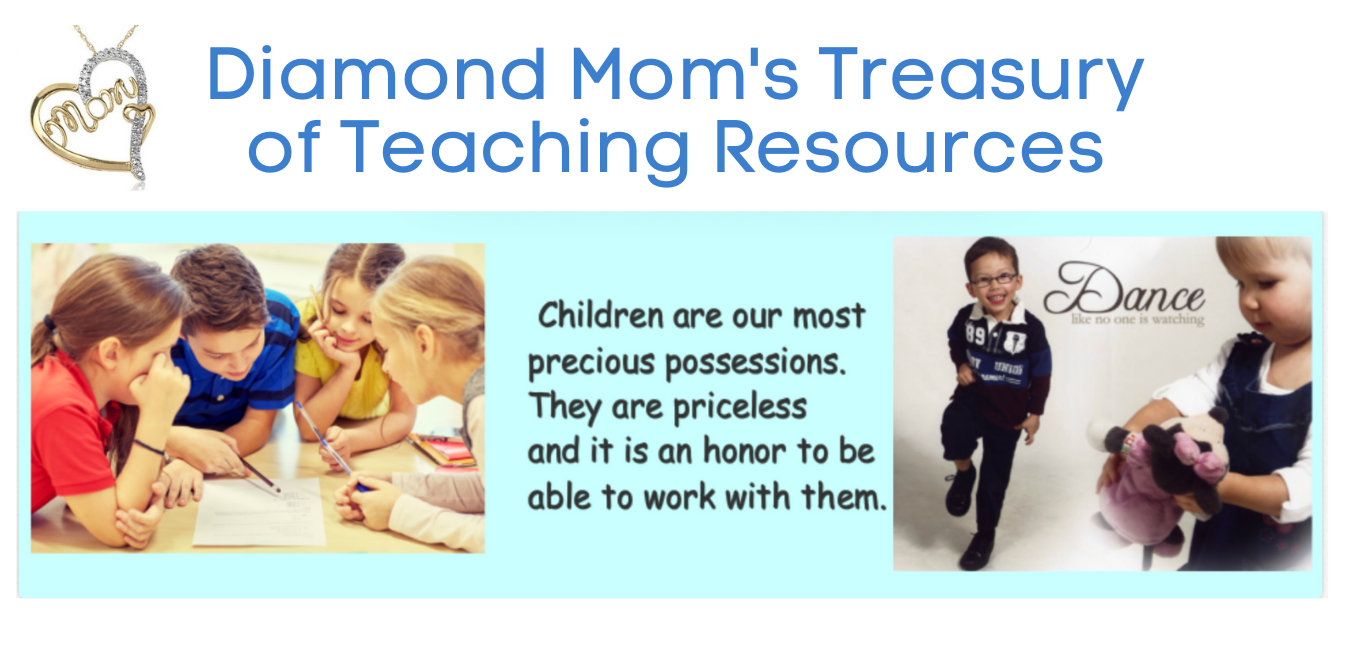
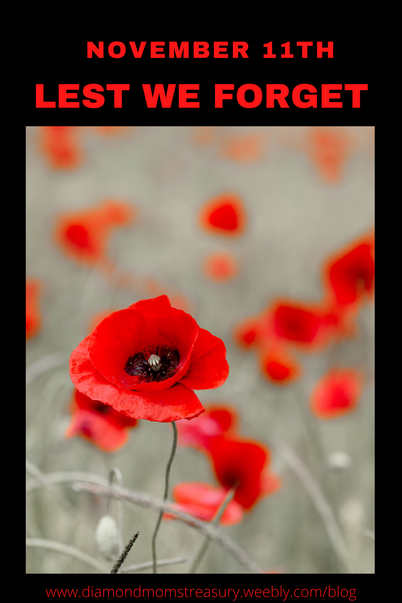
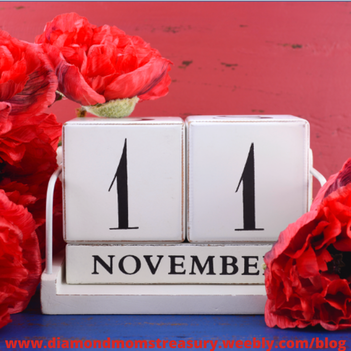

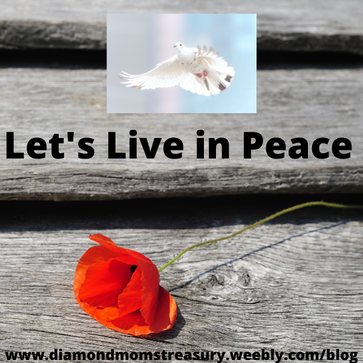
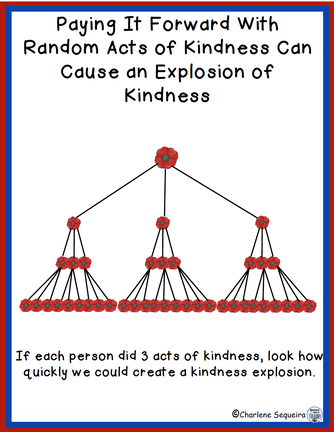
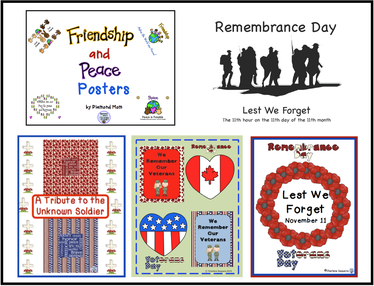

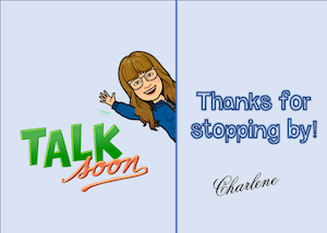
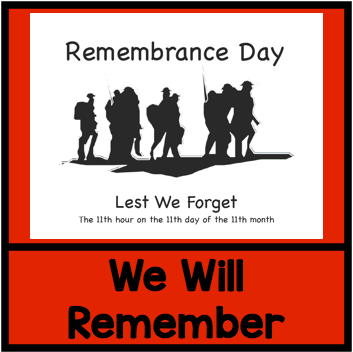
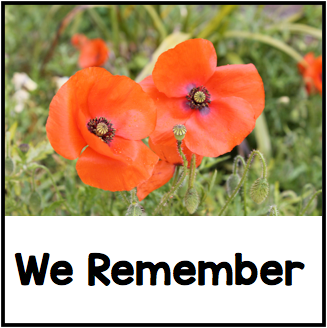
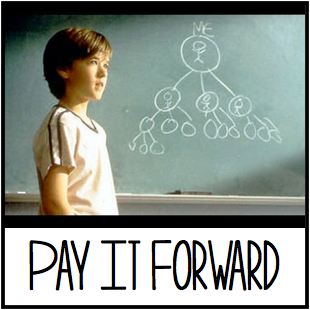
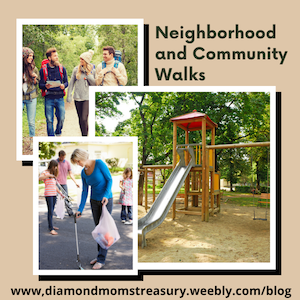
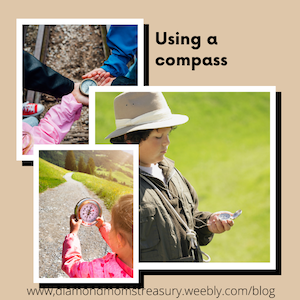
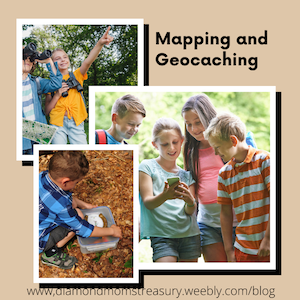
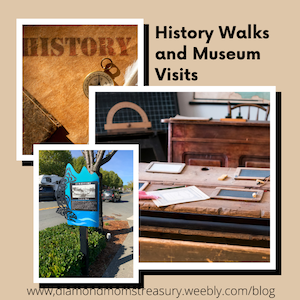
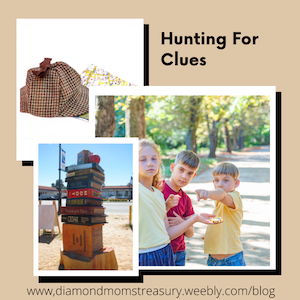
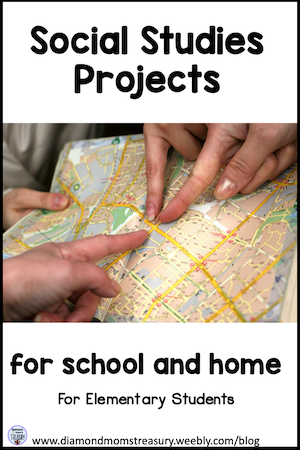
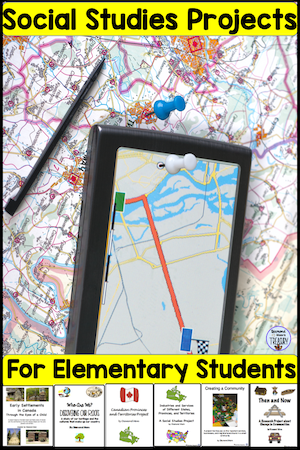

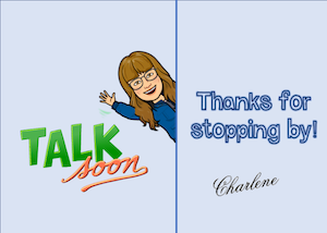
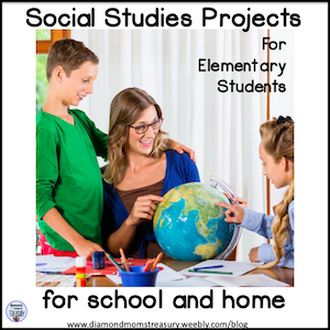
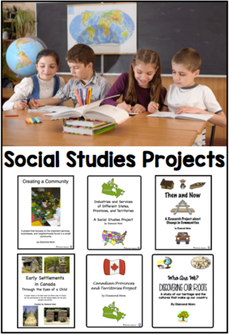
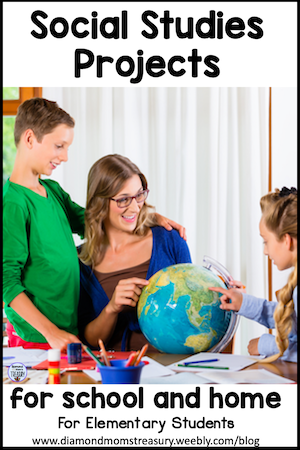
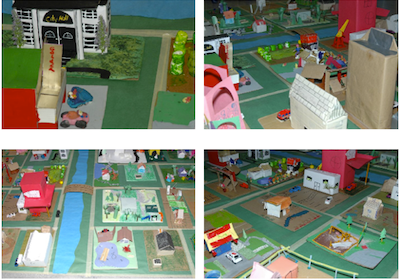
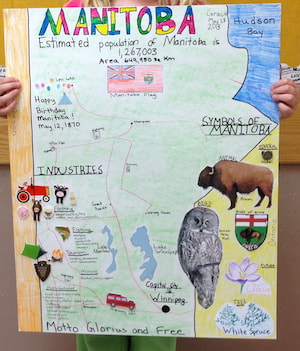
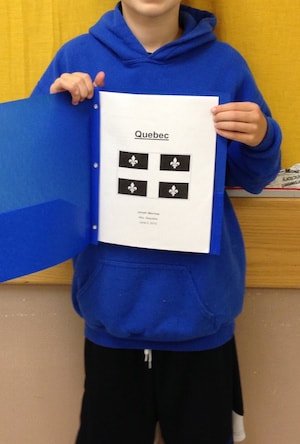
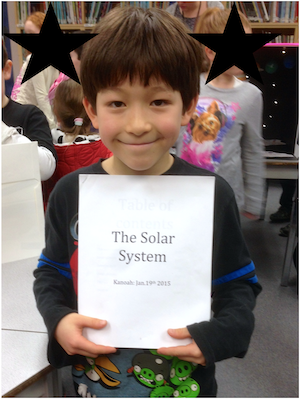
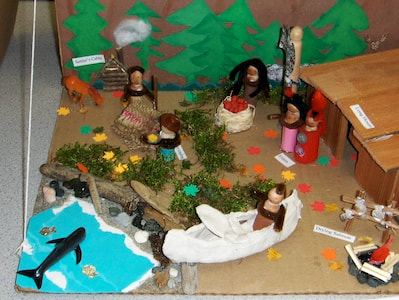
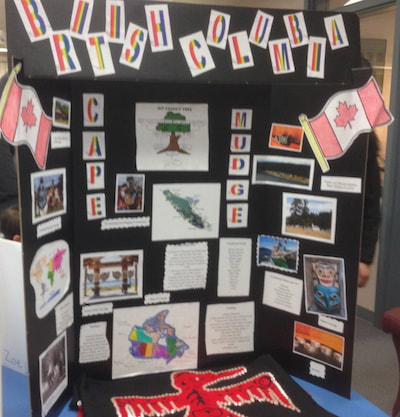
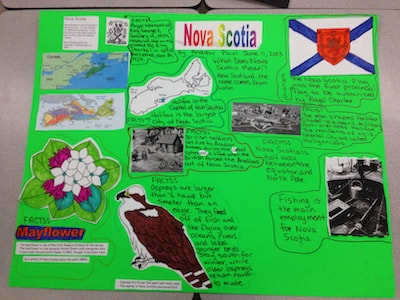
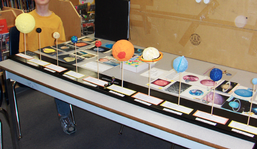
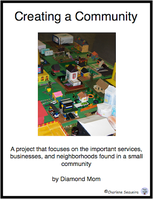
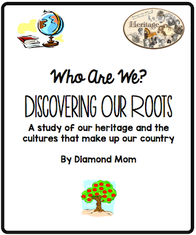
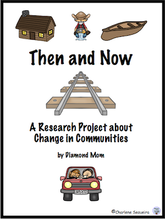
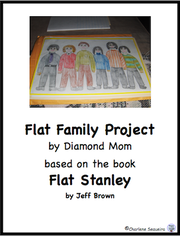
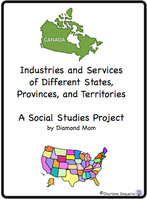
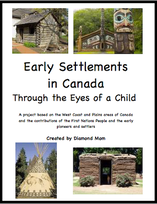
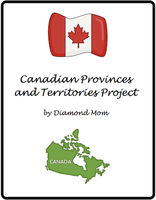
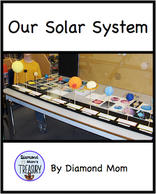
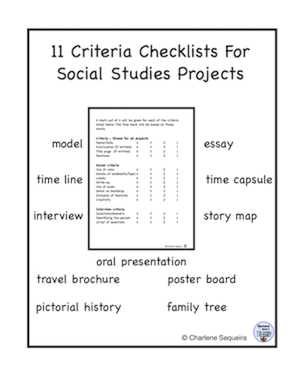
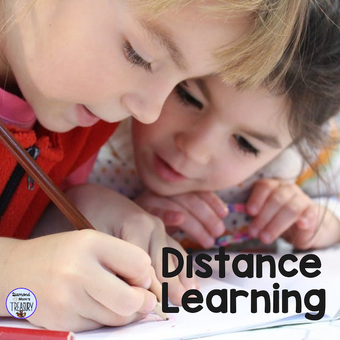

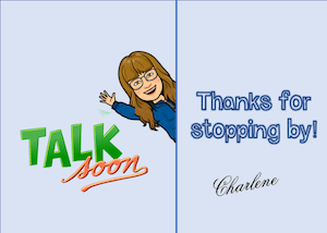
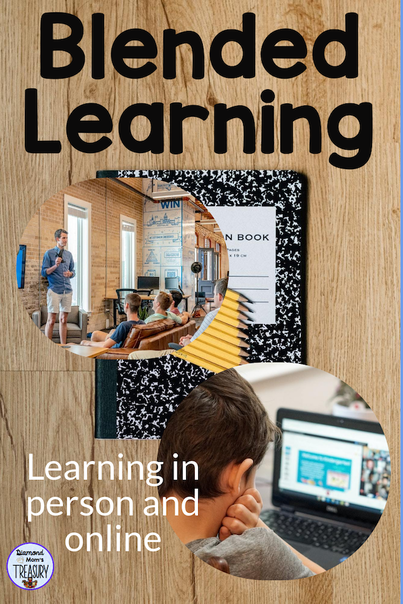
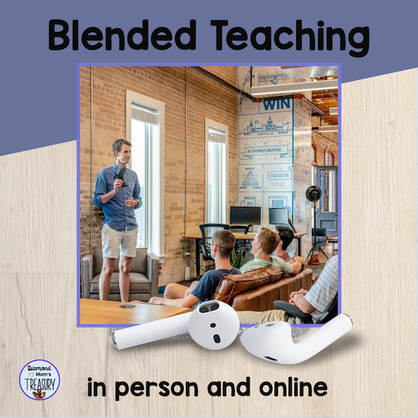
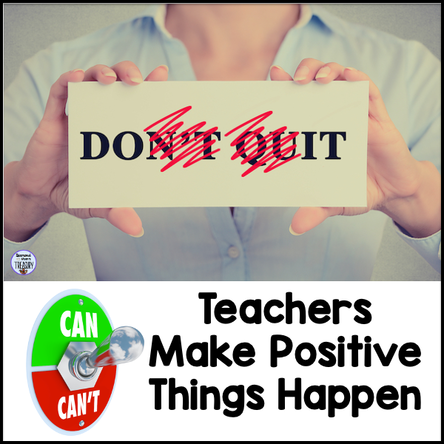
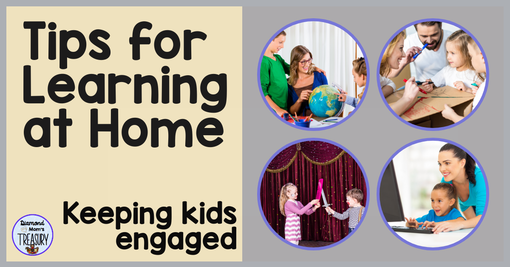
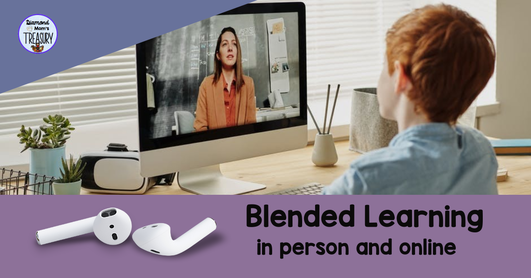
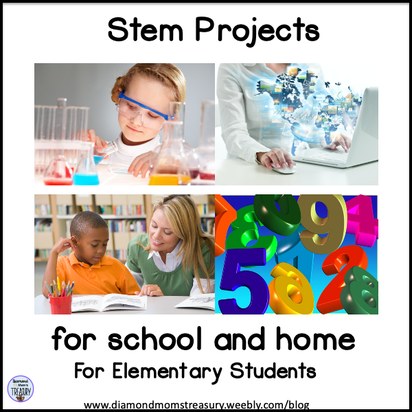
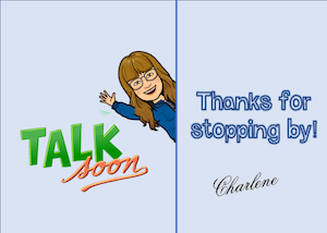
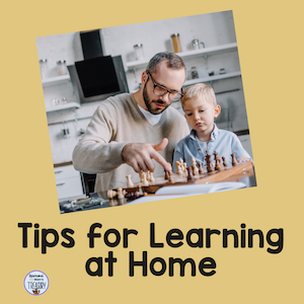
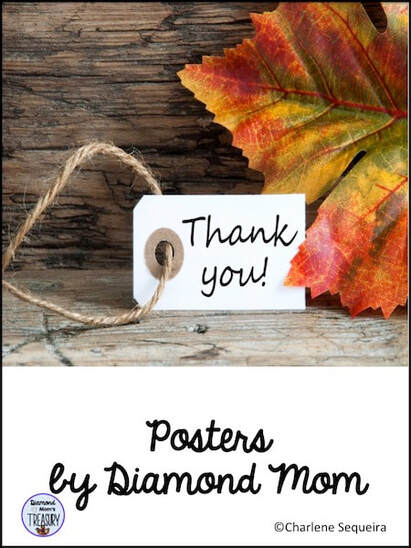
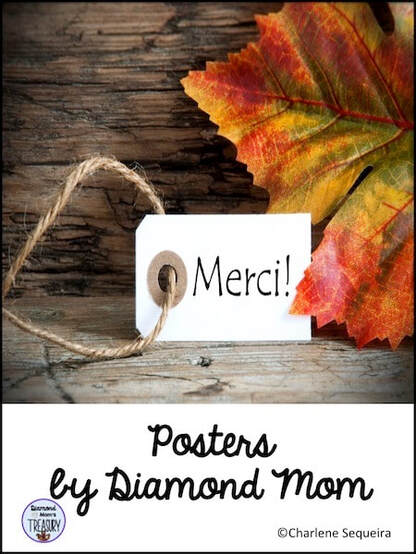
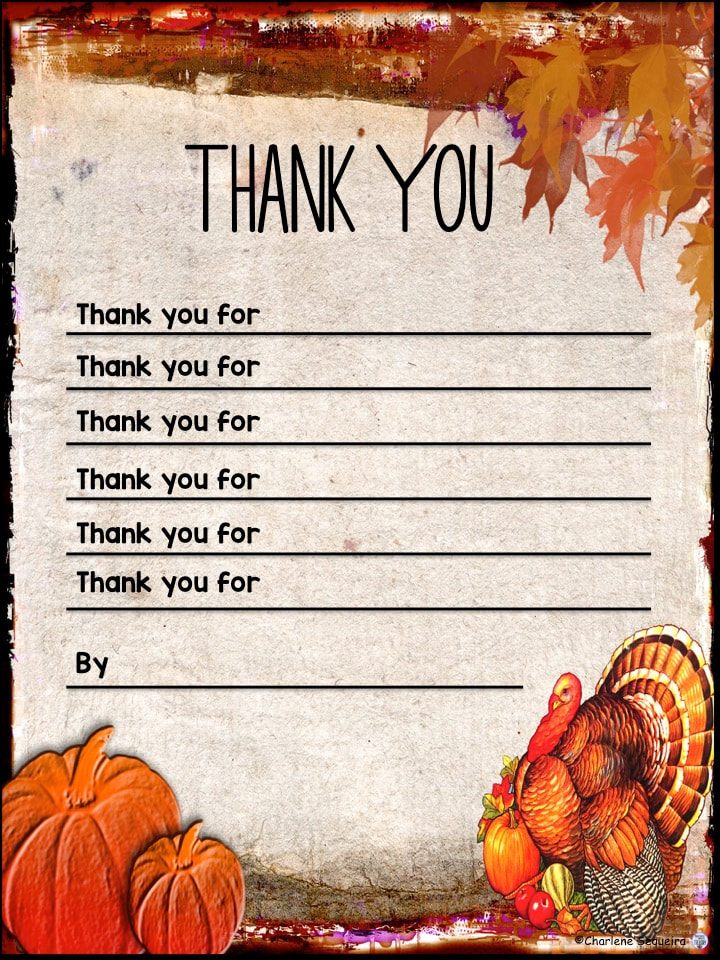
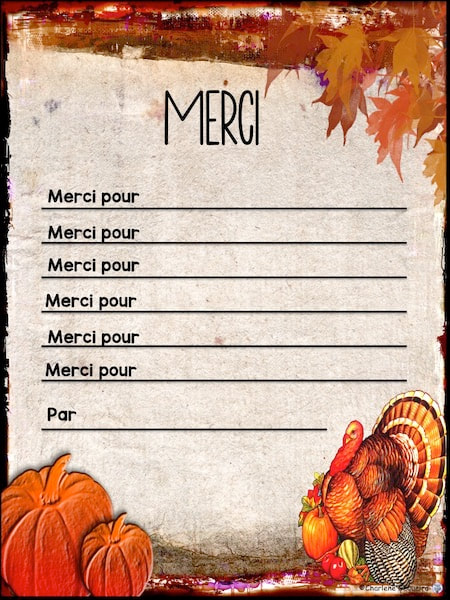
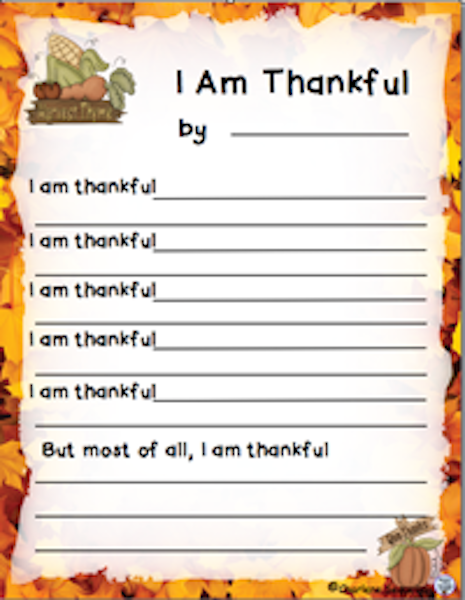
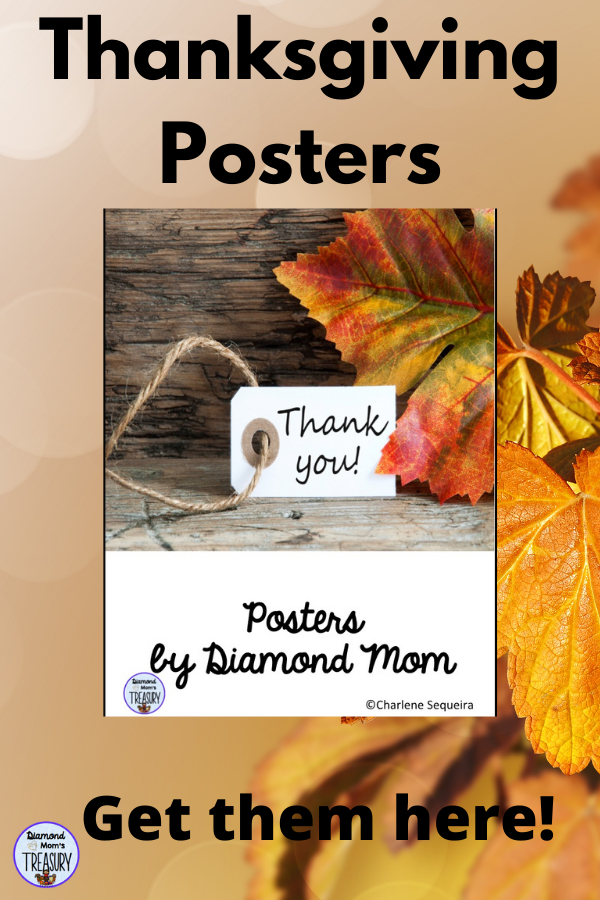
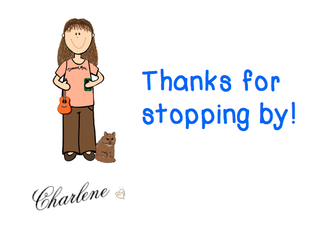
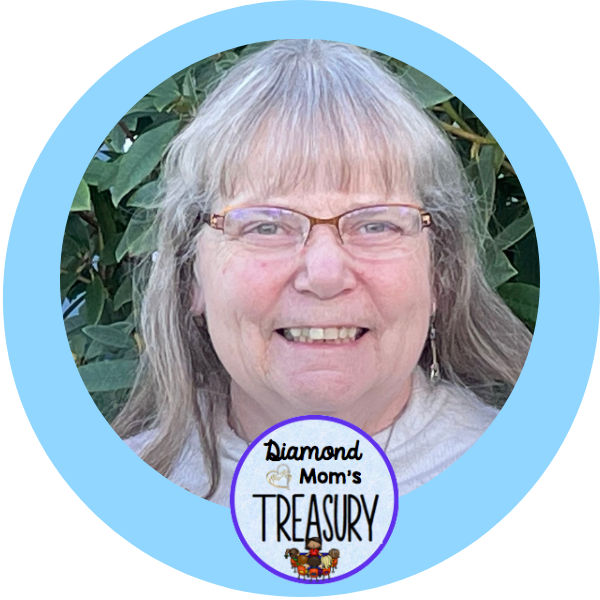


 RSS Feed
RSS Feed